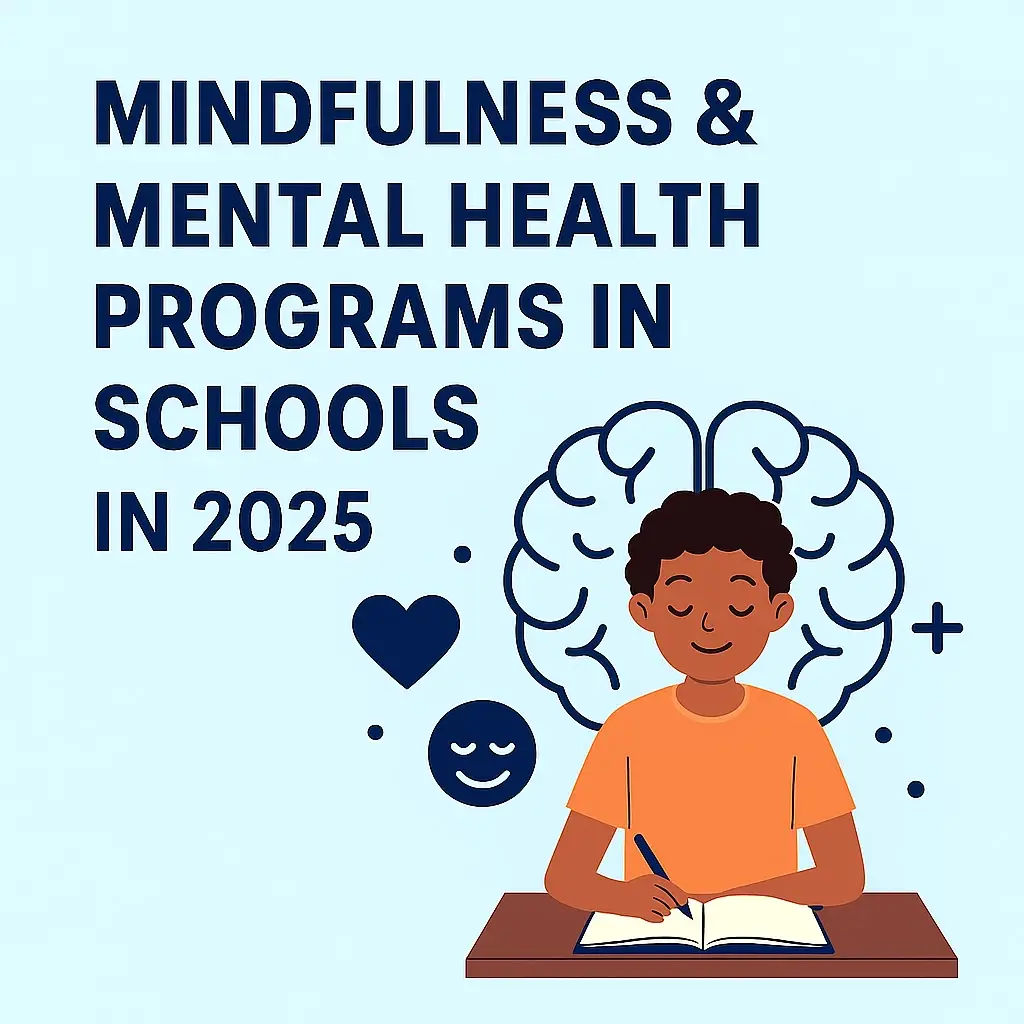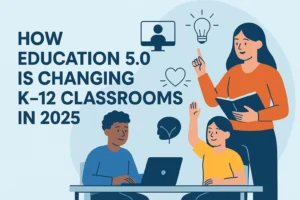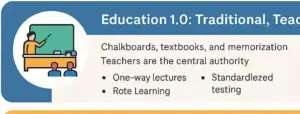
Mindfulness & Mental Health Programs in Schools
Mental Health Matters in Education
In 2025, schools around the world are increasingly recognizing that student success goes beyond academic performance. With rising rates of anxiety, depression, and burnout among children and teens, mental health has become a cornerstone of modern education. Mindfulness practices and structured mental health programs are now widely implemented in K–12 schools to support emotional resilience, reduce stress, and foster well-rounded development.
- Why Mental Health in Schools Is Essential
According to the World Health Organization (WHO), up to 1 in 7 adolescents experience mental health challenges. The COVID-19 pandemic accelerated global awareness, but the underlying issues—academic stress, social pressure, digital overload—persist. Today, education systems are making mental wellness a top priority by:
- Providing access to counselors and psychologists
- Teaching coping skills and self-awareness
- Integrating SEL (Social and Emotional Learning) curricula
- Embedding mindfulness practices into the school day
What Is Mindfulness in Education?
Mindfulness is the practice of bringing one’s full attention to the present moment with curiosity and non-judgment. In schools, it can look like:
- Guided breathing or meditation
- Body scans or movement-based mindfulness.
- Mindful listening and journaling
- Brief “reset” pauses during lessons
Research from institutions like Harvard and Stanford has shown that even 5–10 minutes of daily mindfulness can lead to measurable improvements in:
- Focus and attention span
- Emotional regulation
- Classroom behavior
- Student-teacher relationships
Successful Mental Health & Mindfulness Programs in 2025
1. MindUP™ Curriculum
Developed by The Goldie Hawn Foundation. Teaches neuroscience, self-regulation, optimism, and gratitude. Used in over 15 countries and integrated into K–8 classrooms.
2. Calm Schools Initiative
Offers teachers free mindfulness training and classroom tools. Includes breathing exercises, relaxation music, and emotional check-ins. Used across North America and Europe.
3. Second Step SEL Program
Evidence-based SEL program backed by CASEL. Focuses on empathy, conflict resolution, and decision-making. Widely used in U.S. public schools.
4. Smiling Mind (Australia)
Free mindfulness app designed for schools and families. Offers K–12 modules focused on emotional literacy and resilience. Endorsed by the Australian government and NGOs.
5. Bounce Back! Program (UK/Australia)
Promotes positive psychology and resilience in young learners. Covers coping with bullying, anxiety, and trauma recovery.
How Schools Are Implementing These Programs
- Daily check-ins: Teachers begin classes with emotional wellness prompts.
- Dedicated “calm corners”: Spaces where students can self-regulate or reflect.
- Scheduled mindfulness breaks: 5-minute breathing or stretching between lessons.
- Integrated SEL periods: Weekly or biweekly time blocks for structured lessons.
Proven Benefits in 2025
| Benefit | Evidence (2022–2024 studies) |
|---|---|
| Reduced anxiety & stress | 30–40% drop in stress levels (Harvard Center for Education) |
| Improved academic outcomes | Better focus & test performance (UC Berkeley, Mindful Schools) |
| Fewer behavioral problems | Lower suspension rates, better peer relations (CASEL reports) |
| Stronger school climate | Increased empathy, student satisfaction, teacher well-being |
Challenges & Considerations
While mental health programs are growing, implementation isn’t always smooth:
- Undertrained staff: Many teachers lack mental health education.
- Cultural stigma: In some communities, discussing emotions is taboo.
- Time constraints: High academic demands can reduce focus on well-being.
- Privacy and safety: Schools must manage confidentiality and serious mental health cases with care.
To address these issues, schools need policy support, ongoing training, parental involvement, and access to licensed mental health professionals.
Schools That Heal and Empower
In 2025, schools are not just places to learn math and science—they’re safe spaces where students build inner strength, emotional intelligence, and resilience. Mindfulness and mental health programs are no longer add-ons but integral parts of an education system that sees the whole child. As more districts adopt these models, the impact on student well-being, academic achievement, and lifelong success will continue to grow.

